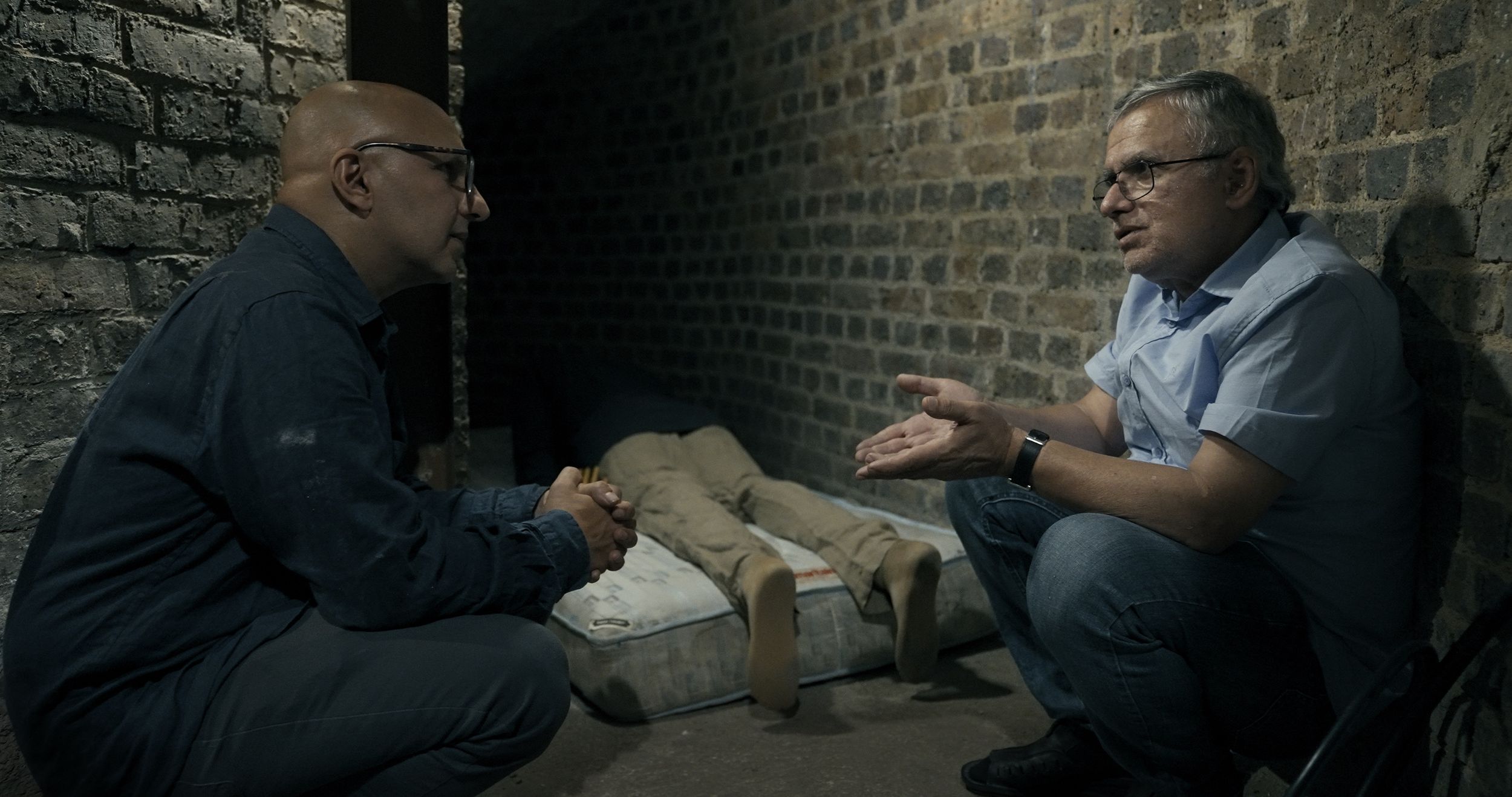
Where God Is Not
Three former political prisoners bear witness to the interrogations, and the psychological and physical torture they were subjected to. We see them and director Mehran Tamadon recreating Iranian prison cells in deserted Parisian warehouses. After an unhurried start, things start changing fast in this powerful reimagining that provokes strong emotions. Some of the men were unable to withstand their mistreatment, and painful memories are unleashed.
Political activist Taghi Rahmani talks about the six months he spent in solitary confinement. Homa Kalhori, who later wrote A Coffin for the Living, explains the agony of “the coffin.” Businessman Mazyar Ebrahimi, who was falsely accused of spying by a competitor, ties the director to a torture bed to illustrate what happened to him.
Where God Is Not captures all these events in an observational but engaged style that also includes the director and his own motives. Is he asking too much of the three former prisoners? Is he overly idealistic? These questions prompt intense discussions. This film, which won the Prize of the Ecumenical Jury in Berlin, forms a diptych with My Worst Enemy, which is also being screened at IDFA this year.
Videos
Images


